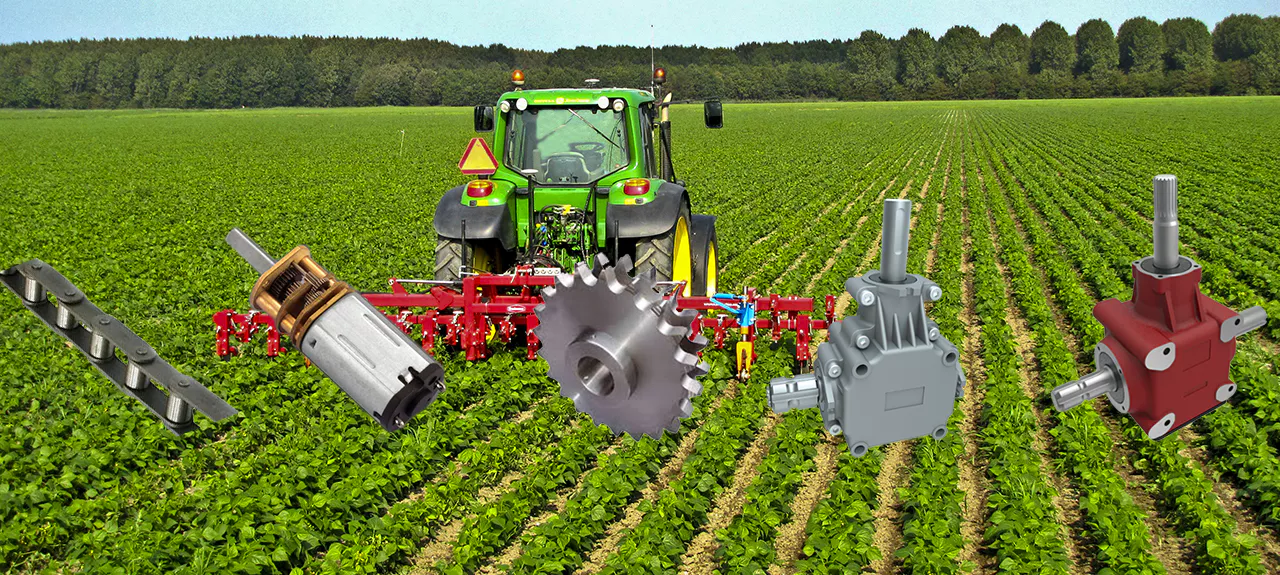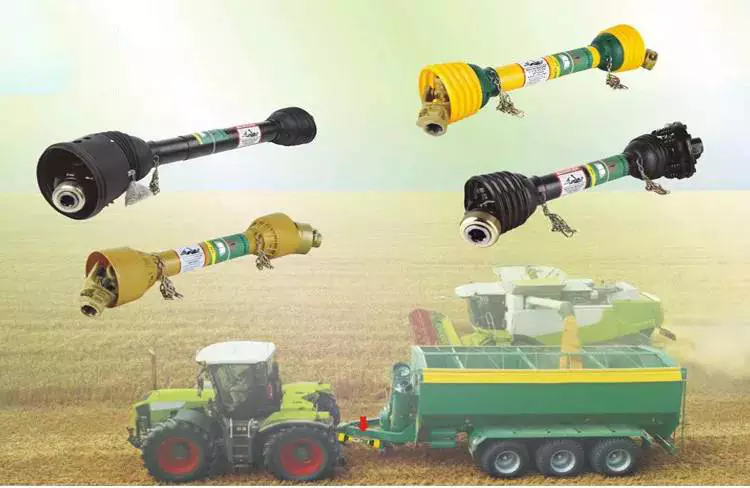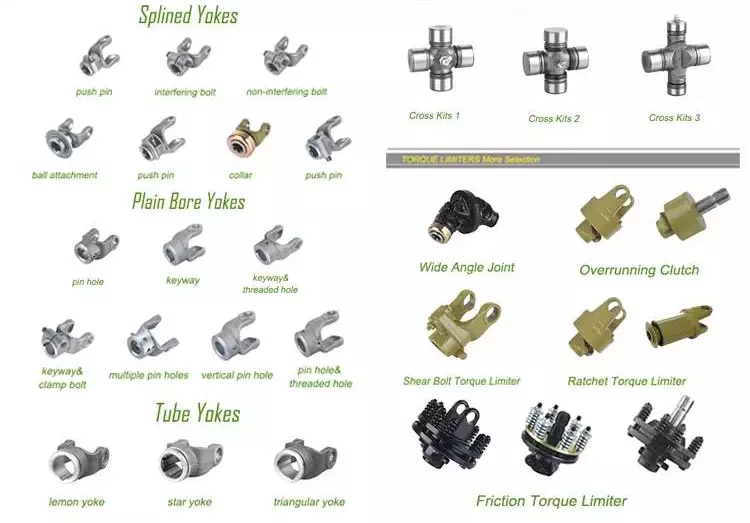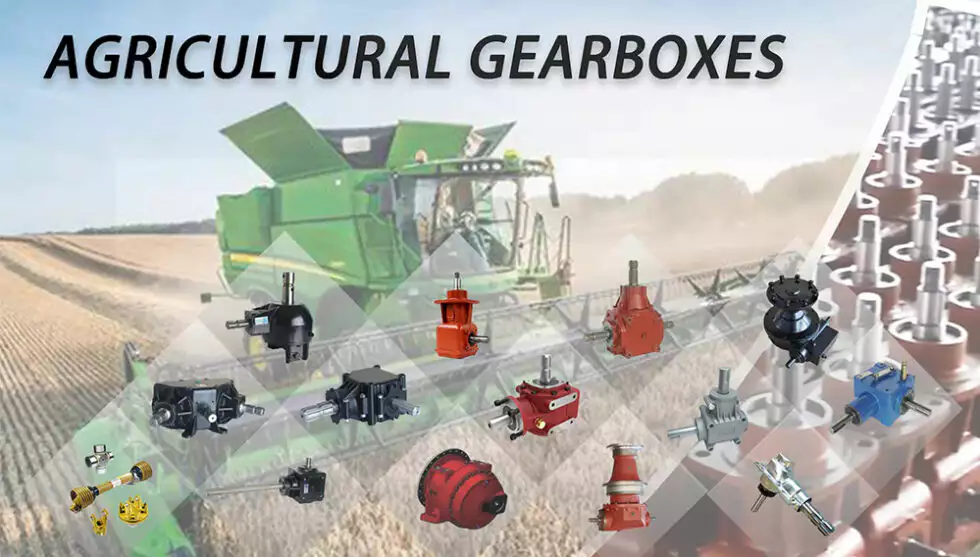Product Description
Product Description
Product Parameters
| Parameters | Unit | Level | Reduction Ratio | Flange Size Specification | |||||
| 060 | 090 | 115 | 142 | 180 | 220 | ||||
| Rated output torque T2n | N.m | 1 | 3 | 55 | 130 | 208 | 342 | 750 | 1140 |
| 4 | 50 | 140 | 290 | 542 | 1050 | 1700 | |||
| 5 | 60 | 160 | 330 | 650 | 1200 | 2000 | |||
| 6 | 55 | 140 | 300 | 550 | 1100 | 1800 | |||
| 7 | 50 | 140 | 300 | 550 | 1100 | 1800 | |||
| 8 | 45 | 120 | 260 | 500 | 1000 | 1600 | |||
| 10 | 40 | 100 | 230 | 450 | 900 | 1500 | |||
| 2 | 12 | 55 | 130 | 208 | 342 | 1050 | 1700 | ||
| 15 | 60 | 160 | 330 | 650 | 1200 | 2000 | |||
| 20 | 60 | 160 | 330 | 650 | 1200 | 2000 | |||
| 25 | 60 | 160 | 330 | 650 | 1200 | 2000 | |||
| 28 | 50 | 140 | 300 | 550 | 1100 | 1800 | |||
| 30 | 55 | 130 | 230 | 450 | 900 | 1500 | |||
| 35 | 60 | 160 | 330 | 650 | 1200 | 2000 | |||
| 40 | 60 | 160 | 330 | 650 | 1200 | 2000 | |||
| 50 | 60 | 160 | 330 | 650 | 1200 | 2000 | |||
| 70 | 50 | 140 | 300 | 550 | 1100 | 1800 | |||
| 100 | 40 | 100 | 230 | 450 | 900 | 1500 | |||
| 3 | 120 | 55 | 140 | 290 | 542 | 1050 | 1700 | ||
| 150 | 60 | 160 | 330 | 650 | 1200 | 2000 | |||
| 200 | 60 | 160 | 330 | 650 | 1200 | 2000 | |||
| 250 | 60 | 160 | 330 | 650 | 1200 | 2000 | |||
| 280 | 50 | 140 | 300 | 550 | 1100 | 1800 | |||
| 350 | 60 | 160 | 330 | 650 | 1200 | 2000 | |||
| 400 | 60 | 160 | 330 | 650 | 1200 | 2000 | |||
| 500 | 60 | 160 | 330 | 650 | 1200 | 2000 | |||
| 700 | 50 | 140 | 300 | 550 | 1100 | 1800 | |||
| 1000 | 40 | 100 | 230 | 450 | 900 | 1500 | |||
| Maximum output torque T2b | N.m | 1,2,3 | 3~1000 | 3Times of Rated Output Torque | |||||
| Rated input speed N1n | rpm | 1,2,3 | 3~1000 | 4000 | 3000 | 3000 | 3000 | 3000 | 2000 |
| Maximum input speed N1b | rpm | 1,2,3 | 3~1000 | 8000 | 6000 | 6000 | 6000 | 6000 | 4000 |
| Ultra Precision Backlash PS | arcmin | 1 | 3~10 | ≤1 | ≤1 | ≤1 | ≤1 | ≤1 | ≤1 |
| arcmin | 2 | 12~100 | ≤2 | ≤2 | ≤2 | ≤2 | ≤2 | ≤2 | |
| arcmin | 3 | 120~1000 | ≤5 | ≤5 | ≤5 | ≤5 | ≤5 | ≤5 | |
| High precision backlash P0 | arcmin | 1 | 3~10 | ≤2 | ≤2 | ≤2 | ≤2 | ≤2 | ≤2 |
| arcmin | 2 | 12~100 | ≤3 | ≤3 | ≤3 | ≤3 | ≤3 | ≤3 | |
| arcmin | 3 | 120~1000 | ≤7 | ≤7 | ≤7 | ≤7 | ≤7 | ≤7 | |
| Precision backlash P1 | arcmin | 1 | 3~10 | ≤3 | ≤3 | ≤3 | ≤3 | ≤3 | ≤3 |
| arcmin | 2 | 12~100 | ≤5 | ≤5 | ≤5 | ≤5 | ≤5 | ≤5 | |
| arcmin | 3 | 12~1000 | ≤9 | ≤9 | ≤9 | ≤9 | ≤9 | ≤9 | |
| Standard backlash P2 | arcmin | 1 | 3~10 | ≤5 | ≤5 | ≤5 | ≤5 | ≤5 | ≤5 |
| arcmin | 2 | 12~100 | ≤7 | ≤7 | ≤7 | ≤7 | ≤7 | ≤7 | |
| arcmin | 3 | 120~1000 | ≤11 | ≤11 | ≤11 | ≤11 | ≤11 | ≤11 | |
| Torsional rigidity | Nm/arcmin | 1,2,3 | 3~1000 | 3.5 | 10.5 | 20 | 39 | 115 | 180 |
| Allowable radial force F2rb2 | N | 1,2,3 | 3~1000 | 1100 | 2200 | 5571 | 7610 | 10900 | 24000 |
| Allowable axial force F2ab2 | N | 1,2,3 | 3~1000 | 630 | 1230 | 2550 | 3780 | 5875 | 11200 |
| Moment of Inertia J1 | kg.cm2 | 1 | 3~10 | 0.2 | 1.2 | 2 | 7.2 | 25 | 65 |
| 2 | 12~100 | 0.08 | 0.18 | 0.7 | 1.7 | 7.9 | 14 | ||
| 3 | 120~1000 | 0.03 | 0.01 | 0.04 | 0.09 | 0.21 | 0.82 | ||
| Service Life | hr | 1,2,3 | 3~1000 | 20000 | |||||
| Efficiency η | % | 1 | 3~10 | 97% | |||||
| 2 | 12~100 | 94% | |||||||
| 3 | 120~1000 | 91% | |||||||
| Noise Level | dB | 1,2,3 | 3~1000 | ≤58 | ≤60 | ≤63 | ≤65 | ≤67 | ≤70 |
| Operating Temperature | ºC | 1,2,3 | 3~1000 | -10~+90 | |||||
| Protection Class | IP | 1,2,3 | 3~1000 | IP65 | |||||
| Weights | kg | 1 | 3~10 | 1.3 | 3.9 | 8.7 | 16 | 31 | 48 |
| 2 | 12~100 | 1.8 | 4.6 | 10 | 20 | 39 | 62 | ||
| 3 | 120~1000 | 2.3 | 5.3 | 10.5 | 21 | 41 | 66 | ||
FAQ
Q: How to select a gearbox?
A: Firstly, determine the torque and speed requirements for your application. Consider the load characteristics, operating environment, and duty cycle. Then, choose the appropriate gearbox type, such as planetary, worm, or helical, based on the specific needs of your system. Ensure compatibility with the motor and other mechanical components in your setup. Lastly, consider factors like efficiency, backlash, and size to make an informed selection.
Q: What type of motor can be paired with a gearbox?
A: Gearboxes can be paired with various types of motors, including servo motors, stepper motors, and brushed or brushless DC motors. The choice depends on the specific application requirements, such as speed, torque, and precision. Ensure compatibility between the gearbox and motor specifications for seamless integration.
Q: Does a gearbox require maintenance, and how is it maintained?
A: Gearboxes typically require minimal maintenance. Regularly check for signs of wear, lubricate as per the manufacturer’s recommendations, and replace lubricants at specified intervals. Performing routine inspections can help identify issues early and extend the lifespan of the gearbox.
Q: What is the lifespan of a gearbox?
A: The lifespan of a gearbox depends on factors such as load conditions, operating environment, and maintenance practices. A well-maintained gearbox can last for several years. Regularly monitor its condition and address any issues promptly to ensure a longer operational life.
Q: What is the slowest speed a gearbox can achieve?
A: Gearboxes are capable of achieving very slow speeds, depending on their design and gear ratio. Some gearboxes are specifically designed for low-speed applications, and the choice should align with the specific speed requirements of your system.
Q: What is the maximum reduction ratio of a gearbox?
A: The maximum reduction ratio of a gearbox depends on its design and configuration. Gearboxes can achieve various reduction ratios, and it’s important to choose 1 that meets the torque and speed requirements of your application. Consult the gearbox specifications or contact the manufacturer for detailed information on available reduction ratios.
/* January 22, 2571 19:08:37 */!function(){function s(e,r){var a,o={};try{e&&e.split(“,”).forEach(function(e,t){e&&(a=e.match(/(.*?):(.*)$/))&&1
| Application: | Motor, Electric Cars, Machinery, Agricultural Machinery, Gearbox |
|---|---|
| Hardness: | Hardened Tooth Surface |
| Installation: | Vertical Type |
| Layout: | Coaxial |
| Gear Shape: | Bevel Gear |
| Step: | Three-Step |
| Customization: |
Available
| Customized Request |
|---|

Choosing an Agricultural Gearbox
When it comes to choosing an agricultural gearbox, you may be wondering which one is right for you. The right gearbox for your tractor is important for several reasons. Here are some factors to consider. This article will provide an overview of these components. These parts include the Bevel gearbox, the Surface finish, Ellipticity, Bearings, and more. CZPT P/L offers a range of gearboxes for many different agricultural applications. The company’s PTO Speed Reducer/Increaser is specially designed to maintain the original rotation of PTO output.
Bevel gearboxes
Agricultural bevel gearboxes have high load capacity, making them an excellent choice for heavy-duty machines. Bevel gearing is also popular in mechanical transmission systems, such as those found on tractor transmission systems. Modern harvesters and other agricultural equipment require high-performance gearboxes to maintain efficient performance. To meet these requirements, agricultural equipment OEMs trust the Bevel gearboxes manufactured by CZPT Gearbox Company.
Unlike conventional worm gears, bevel gears use multiple shafts to transmit power. The bevel gears have three types of shafts, namely, hollow, projecting, and double-extended. In addition to being hollow, bevel gears can have additional shafts installed opposite the input shaft. They are available in a standard mount, aluminum housing, and three shaft types: double-extended, hollow, and projecting.
Agricultural bevel gearboxes are typically made from closed-grain cast-iron, although higher-sized models are made from SG 500/7 material. The screw is made from Cr-Mo medium carbon steel, which is hardened and tempered to maintain high core strength. A tapered roller bearing is mounted in the housing and is designed to carry heavy axial and radial loads. These gearboxes are also widely used in mixing, distribution, and cleaning machinery.
Bevel gearboxes for agricultural equipment are primarily used in agricultural machinery applications. Agricultural machinery often uses a PTO to transmit torque, but can only provide it at low speeds. Because of this, gearboxes are used for low-speed, massive-torque applications. Soil preparation and crop treatment are two common uses for these gearboxes. They are also useful in cement mixers.
Surface finish
In engineered gearboxes, the surface finish of the gear tooth surfaces is critical for smooth operation. Microscopic examination of gear tooth surfaces reveals a fine, unidirectional pattern. Traditionally used finishing methods include hob shaving, gear grinding, and honing. These techniques can improve the overall finish, but they also have their drawbacks. To overcome these problems, manufacturers use modern machine tooling techniques.
Agricultural gearboxes must be free from casting defects and mechanical damage. The processing surface must be flawless, with the ellipticity of the shaft hole no greater than 0.02 mm, and the centerline unevenness of the shaft holes is less than 0.015 mm. The relationship between shafts and bearing housing must be within 0.6 mm. These standards are crucial for the operation of agricultural machinery gearboxes.
Earlier, the gears were made of H11 and H13 tool steel, which progressively weakened after 20 gears. The tempering temperature is five to seven degrees Celsius or ten degrees Fahrenheit, depending on the steel used. To address this problem, Alloy 718 was developed. The alloy improved the life of die inserts, which reduced the overall cost. Further, the improved surface finish of agricultural gearboxes helped the customers reduce operating costs.
Ellipticity
A number of tasks require the use of an agricultural gearbox. These tasks can range from gardening to maintaining green spaces. These gearboxes transmit power from the input shaft to the output shaft, facilitating the change in direction, speed, or rotation. A quality gearbox is vital for the performance of agricultural machinery. Consider the type of operation you will be performing before buying one. You will also need to decide whether you will lubricate it.
An CZPT P/L Gearbox is one of their products. The company offers a full line of agricultural gearboxes at competitive prices. These gearboxes are designed to reduce input shaft speed and increase the PTO speed. The PTO Speed Reducer/Increaser is specially designed for this application. It helps maintain the original rotation of the PTO output shaft. It is suitable for various agricultural applications, including harvesters, balers, and cultivators.
An agricultural gearbox has an elliptic nature. It rotates around an axle core 90 degrees to create a bias state. The axle core of an agricultural gearbox rotates at a 90-degree angle to keep the shaft of the farming arbor in a neutral state. The bias state reduces the rotary driving force and reduces the amount of energy used in the operation. If a gearbox is designed correctly, it will keep a desired rotation torque.
Bearings
Agricultural gearboxes require high-quality bearings, and the global market is undergoing a transformation as more agricultural equipment becomes mechanized. The demand for bearings in agricultural equipment is expected to increase in the future, as cropping cycles will become shorter, and machinery will be used more intensively. Consequently, the wear on agricultural gear teeth and bearings will increase. This will result in a higher replacement rate for these parts.
Agricultural gearboxes must be able to withstand the high demands placed on them by the mounted farming implements. Harrows are a common example, and their disc-shaped attachments work to mix the top layer of soil. Because of their high demands, they must rotate continuously, and no matter what the terrain, they must be easy to run. Moreover, customised bearings will provide better seals.
In a study of 53 different agricultural gearboxes conducted by CZPT UK, they simulated 73 gear selections to find the right type of bearing. The simulation model took four weeks to set up and seven hours to run. As a result, CZPT always selects the “best bearing for the job” – a fitting solution. As such, CZPT understands the end user’s needs.
Quality of materials
Agricultural gearboxes play a vital role in the production of food. With the world’s population increasing, the need for food will also increase, and that means a greater need for efficient gearboxes. To make this happen, gearboxes must be able to withstand a variety of environmental conditions, including high and low temperatures, operation in arid and moist environments, and safety regulations.
A bevel gearbox has spiral bevel pinions that transmit rotational power to the axle. It is used in a variety of agricultural applications and is available in a range of ratios, horsepower, and configurations. This right-angle gear drive is widely used in portable grain elevators and grain carts. It has a 15-mm shaft diameter and is compatible with offset rotary fillers and hollow output shafts.
The gear box of a tractor is usually made of grey cast iron. Grey cast iron is a great choice for this component because it provides good wear resistance and vibration dampening. Belt pulleys are also made from grey cast iron. Large belt pulleys are made by casting processes. Similarly, the brake drum material needs to be high-quality to be effective. It is generally made of grey iron ASTM A48 Class 35.

editor by Dream 2024-04-17